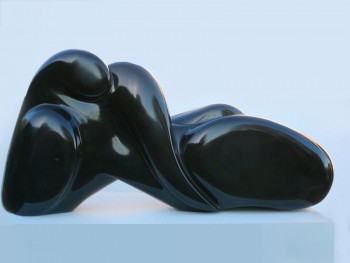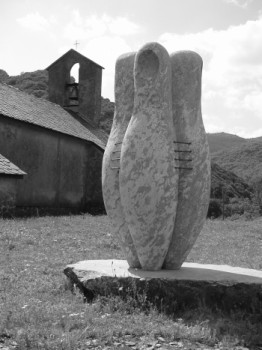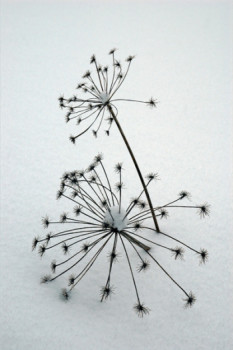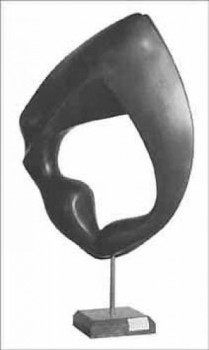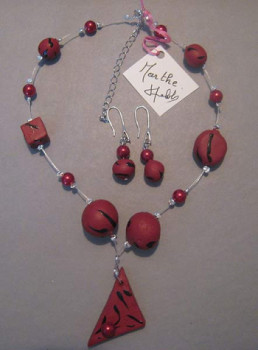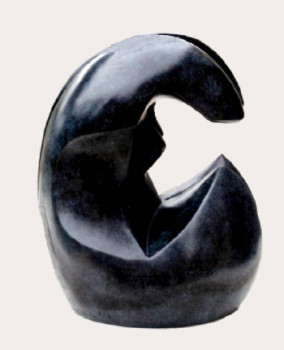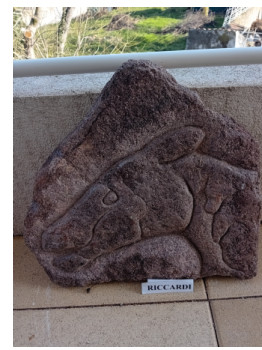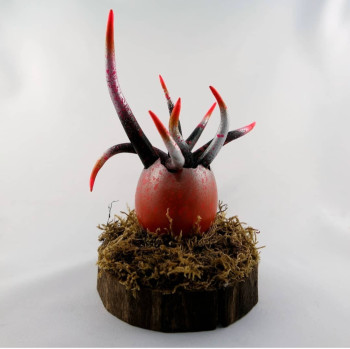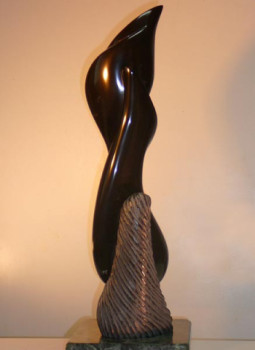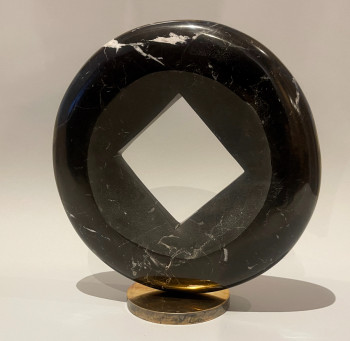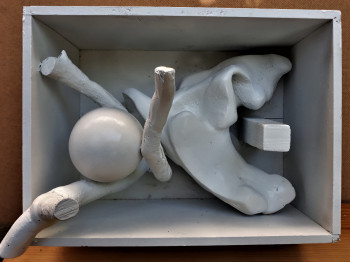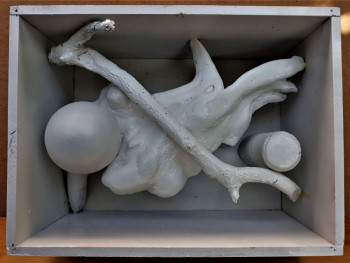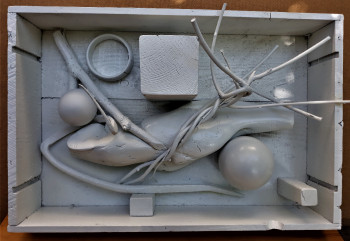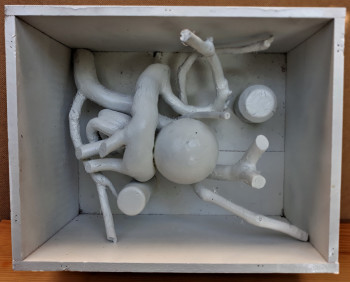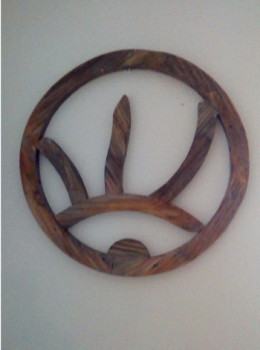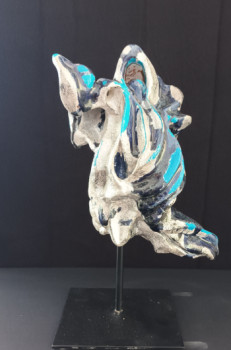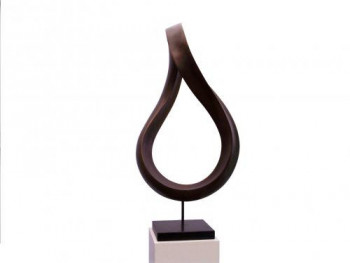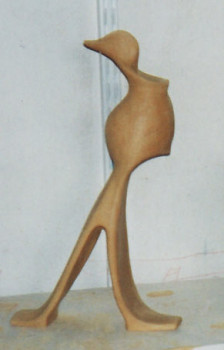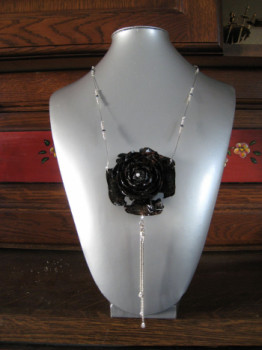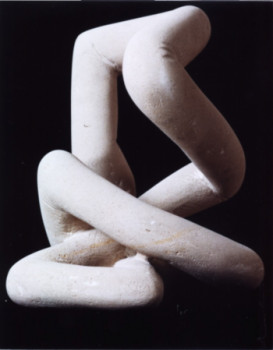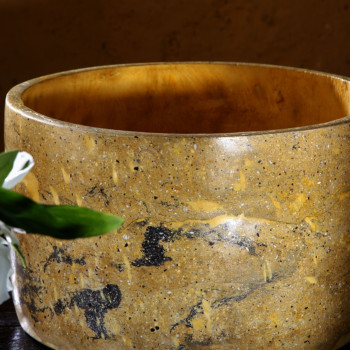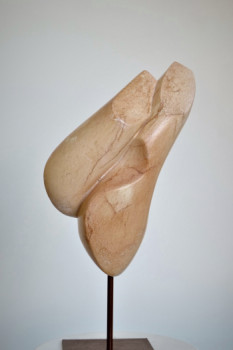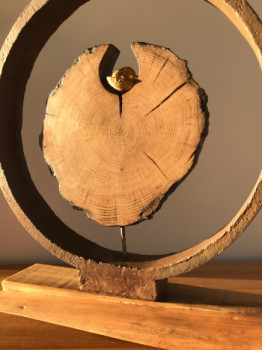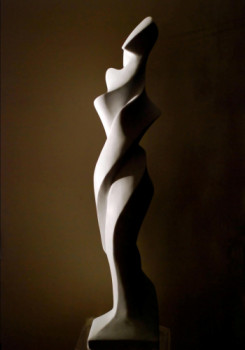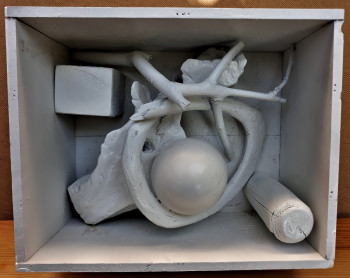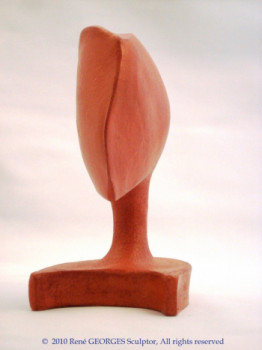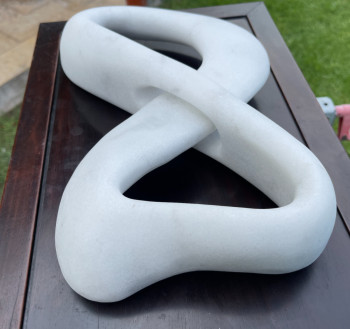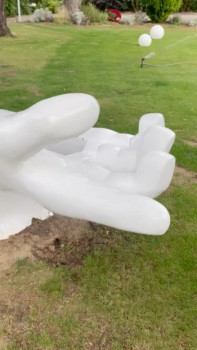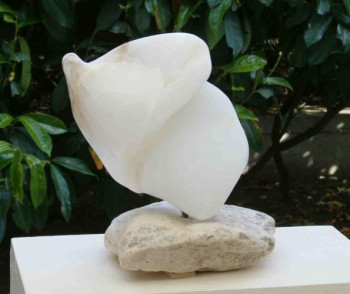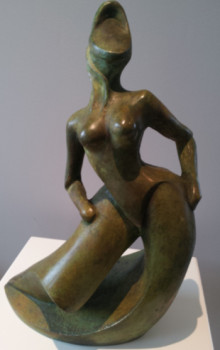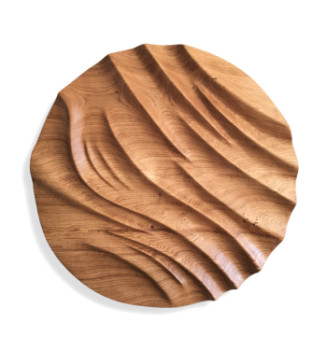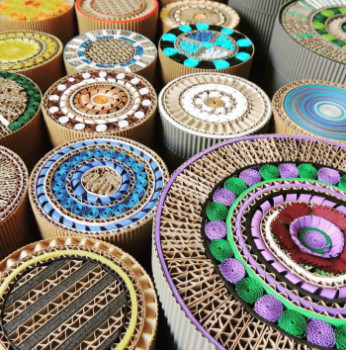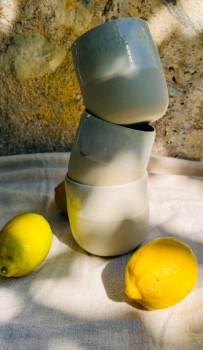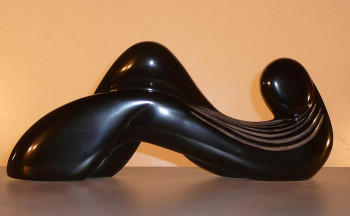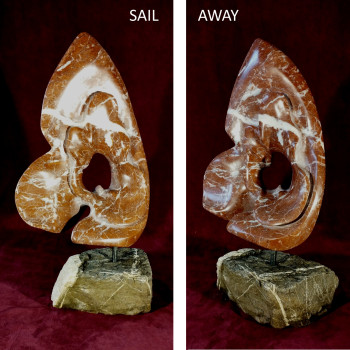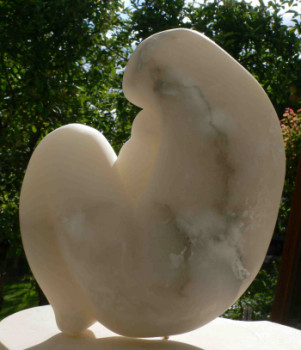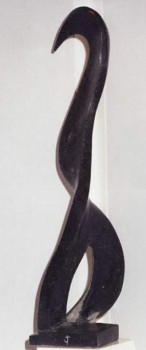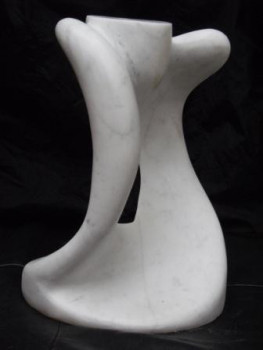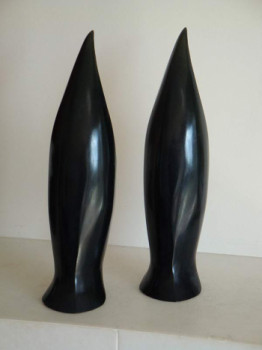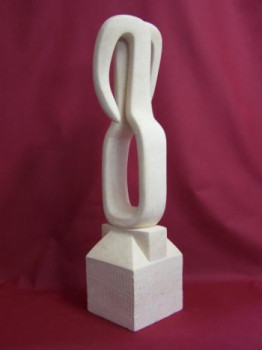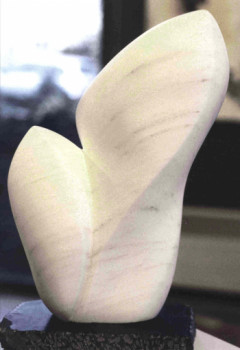
Arp, a revolutionary artist guided by his love of nature

If we know Arp through his .
His beginnings
Jean Arp, also known as Hans Arp, pushed for his first cry in the city of Strasbourg, on September 16, 1886. Very little is known about his childhood. His father worked as a cigar maker. Of nationality German, he married a young Alsatian woman. To this multicultural couple was born a boy, future renowned artist sculptor . From his peaceful childhood, Arp retains a quiet strength and will to fight. to make your dreams come true. However, it was not until 1910 that his fame grew. During this year which really marked the beginning of his life as a sculptor artist, he produced different works abstracts.
Artistic revolution
When he was known in the world of art, but also among a wide audience, Arp joined enthusiastically in the Avant-Garde movement. In the space of five years, he gained notoriety, at least as much as his confidence. In 1915, Jean Arp decided to move to Switzerland. There he met his second wife, Sophie Taeuber. Another meeting will also be decisive in his career: his links with Tristan Tzara cause a leap forward in the artistic career of the sculptor. In 1916, together, they decided to create the Dadaists of Zurich. The objective that the two men set for themselves is very simple: to use art as a weapon of revolt. They want to create a form of subversion significant enough to shake up the bourgeois order of the time. For them, the post-war period was already over. very difficult for households, is even more difficult, due to the behavior of the wealthiest. Their desire being fixed on a return to order by nature.
A subversive approach based on humor
For Arp, like many other artists, this revolt does not need to be aggressive. Through humor, the sculptor mocks the arrogance of the rich. Sculpture and collage are his main weapons.
His emblematic works
During this period, the artist will produce sculptures and collages, carrying strong messages . This is particularly the case for "Moustaches" in 1925. For the occasion, Arp used wooden reliefs, canvases, string, but ;also top hats, mustache designs and ties. With his "Collage of squares arranged according to the laws of chance", designed between 1916 and 1917, he experimented with automatic composition. On this work we can observe torn pieces of paper. These were propelled onto a sheet of paper, without prior composition. These falls, entirely due to chance, were then glued, without modifying their arrangement.
From surrealism to abstraction-creation
Like many artists, Hans Arp tested many techniques and different styles. This is how he navigated, for ten years, in surrealism. Between 1920 and 1931, his creations seemed straight out of his dreams. No longer any shackles, imposed standards or constraints came to interfere with his creative process. Faithful to his temperament as an explorer of art, he tested, renewed, modified, perfected his art until the day when, in 1931, he chose to 'emancipate from this current and create the abstraction-creation group. Besides this spirit of freedom which is dear to him, he then wishes to develop the impact of chance on his works. His "sculpture to be lost in the forest" is the perfect example.
Imitate nature to better transcend it
A sculpture by Hans Arp, what is it anyway? Biomorphic silhouettes, directly inspired by nature. These vaguely human forms become, in his hands, imitations of stone or plant. Basing its inspiration on the ability to of growth and evolution of nature, the sculptor begins an ambitious quest: to find the greatest purity in nature. formal.
1954: the year of recognition
The works of Jean Arp have always been widely talked about. However, in 1954, when he received the grand prize for sculpture, On the occasion of the Venice Biennale, his career took a new turn. Public commissions multiply and his creations become all the more ambitious.
Monumental sculptures
The sculptor artist finds himself with large-scale projects on a daily basis. achieve. For example:
- the Shepherd of the Clouds (Caracas, 1953),
- the UNESCO Constellation (Paris, 1956).
An artist leaves, his work endures
On June 7, 1966, the artist Jean/Hans Arp Extinct, in the municipality of Basel, Switzerland. All his life, he will have carried proudly displays his two first names, as a symbol of his multicultural origins. So aged 80 years old, Arp leaves behind a remarkable artistic heritage. Until 2008, numerous temporary exhibitions paid tribute to him around the world. Now, a large majority of his creations is preserved by the museum of modern and contemporary art, located in Paris. in his hometown, Strasbourg. The museum, to honor the famous sculptor, chose to reserve a central space for him. The tribute paid does not stop there, since the museum square bears the name of the illustrious sculptor. In addition, since 1979, the Arp Foundation has been located in the heart of his house-workshop, in the town of Clamart, on the initiative of his second wife.
Artist Quotes
"We do not want to copy nature. We do not want to reproduce, we want to produce. We want to produce like a plant that produces fruit and does not not reproduce. We want to produce directly and not indirectly. As there is not the slightest trace of abstraction in this art, we call it: concrete art." Jean Arp
"Often, a detail of one of my sculptures, a curve, a contrast seduces me and becomes the germ of a new sculpture. I accentuate this curve, this contrast, and this leads to the birth of new forms. It often takes me months, years to complete a sculpture." Jean Arp
Découvrez quelques oeuvres inspirées de Arp
